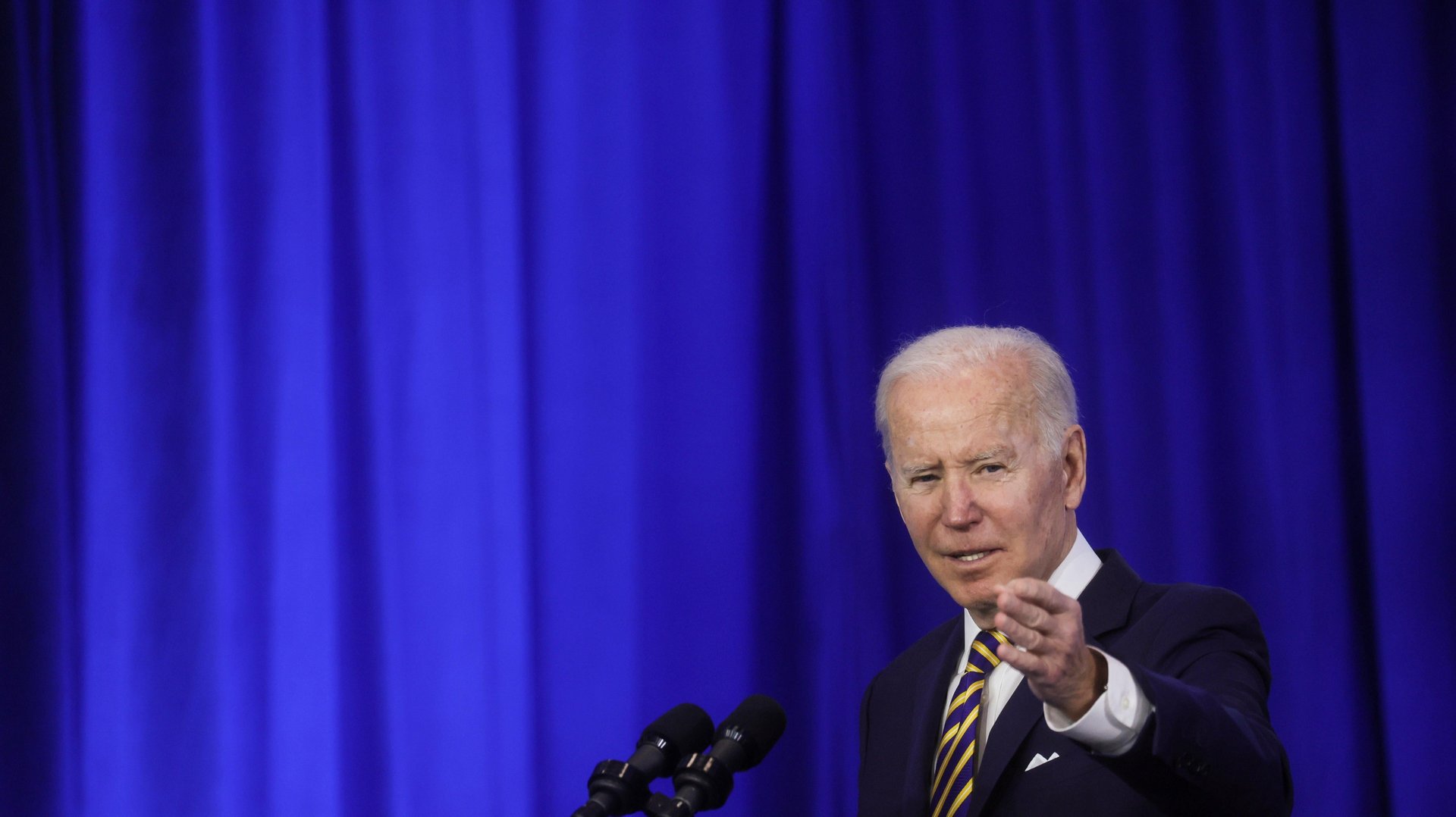The US should cancel a lot more than $10,000 in student debt
A third of student loan borrowers are going to default. Forgiveness is better for the economy.

On paper, US President Joe Biden’s student debt cancellation plan looks pretty good.
The government will forgive $10,000 worth of student debt for those making under $125,000. That’s nearly a third of the average amount owed by student debt holders.
According to White House estimates, the policy wipes out the remaining balances for 20 million Americans—nearly half of all borrowers. This is great given that a third of them have student debt but no college degree, according to the Department of Education.
But these overall numbers obscure one key downside of the plan: It will do little to help borrowers who need it the most, those who hold large amounts of debt and have low incomes.
Though they only make up a small share of student loan holders, their plight is a result of everything that’s wrong with higher education. To address this, many loan reduction advocates were pushing the government to take into account racial disparities and offer more generous relief, said Fenaba Addo, an associate professor of public policy at the University of North Carolina at Chapel Hill.
But could the economy handle any more debt forgiveness without increasing consumer demand and pouring fuel on the inflation fire, like some opponents of debt forgiveness opponents argue? Isn’t Biden’s plan like giving a $10,000 check to millions of Americans?
There are millions of Americans who need way more than Biden’s $10k forgiveness
Most of the 43 million student debt holders account for a small amount of the $1.6 trillion pie, with a small share of borrowers who owe more than $100,000—7%— accounting for nearly 40% of overall student debt, according to College Board data. The result: Biden’s policy gives a big number of people with small burdens a big reprieve, while it barely helps a smaller group of students with large balances.
More than 8 million borrowers who are on income-driven repayment (IDR) plans, which are determined by the borrower’s discretionary income rather than the amount of student debt they hold, will experience little financial impact from the cancellation.
If a borrower has a middle-class income of $60,000 and $40,000 in student debt, subtracting $10,000 from the balance won’t change their situation. They are still not on track to pay off their debt because their income is so low, making payments under an IDR plan means that the principal of the loan will continue to grow.
While another plan from Biden will put 7.5 million student debt borrowers that are in default back in good standing, nearly a third of all student loan holders have experienced default in the past two decades. Within this group many borrowers have defaulted several times.
Because the government likely doesn’t reclaim 100% of these loans, there’s a large portion of the $1.6 trillion overall outstanding amount that wouldn’t be paid even if it wasn’t forgiven.
Student loan borrowers aren’t ready to spend
Claims that canceling student loans will only help rich people or increase inflation ignore what caused the student loan crisis in the first place.
“People are defaulting and being delinquent on their debts because they didn’t have the money to pay for it,” Addo said. “If you don’t have income or wealth, discharging $10,000 doesn’t mean you have income to spend.”
No one has been paying interest on their debt since the federal government paused payments at the start of the pandemic, and the current inflationary environment hasn’t been driven by student loan borrowers buying more stuff than the rest of the population.
Meanwhile, student loan debt has a crushing effect on a person’s financial future—creating a ripple effect across the economy. Economists at the New York Federal Reserve Bank found that student loan holders are less likely to move into higher paying jobs, more likely to default on other types of debt, and more likely to have lower credit scores.
When covid-19 hit the US, these borrowers were in the sectors that were hardest hit by the disease. They are well aware of their precarious financial position. According to the survey of consumer expectations, Americans with student debt are much more likely to fret about defaulting on debt than other Americans.
Many economists believe that cancellation encourages long-term economic decisions (i.e. moving) versus short-term decisions (i.e. buying a new TV). Debt forgiveness improves a borrower’s debt-to-income ratio, so they can borrow more for long-term expenditures like a car, a house, or a small business—in turn stimulating the broader economy.
“Anything that would help people answer some job openings, I think, would be good for the economy,” said Mike Konczal, director of macroeconomic analysis at the Roosevelt Institute.
